SUMMARY
This is AI generated summarization, which may have errors. For context, always refer to the full article.
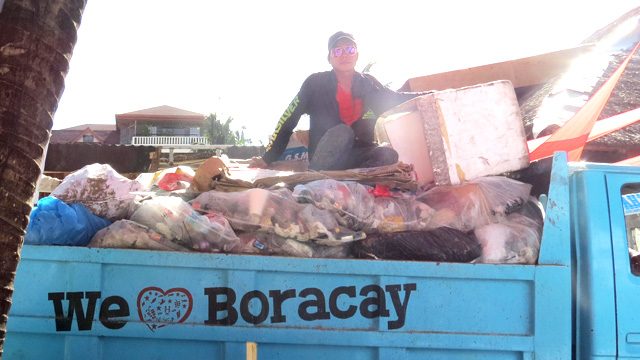
MANILA, Philippines – To those who attended ‘Laboracay’ this year, Labor Day weekend on the island was all about endless parties, overflowing drinks, and the kind of beach party that you need to experience at least once in your life.
But after the wild nights of fun, what comes next? The music stops, the tourists head home, and Boracay is quiet and serene again. It is almost peaceful.
In Laboracay’s wake, residents and government officials lamented the harmful amount of trash that continually threatens Boracay’s world-famous beauty. (READ: Gov’t to crack down on water-polluting Boracay resorts)
A recent post from one of Boracay’s concerned locals illustrates the situation:
To all #LaBoracay attendees, and all tourists in general present in Boracay:We appreciate your patronage, and we are…
Posted by KoKo Nut on Thursday, April 30, 2015
The boom in tourism has taken its toll on the island paradise. Every summer, piles of garbage are a constant concern for the residents and establishment owners. The water’s quality is also deteriorating, as evidenced by the increasing green algae that’s present during the peak summer months.
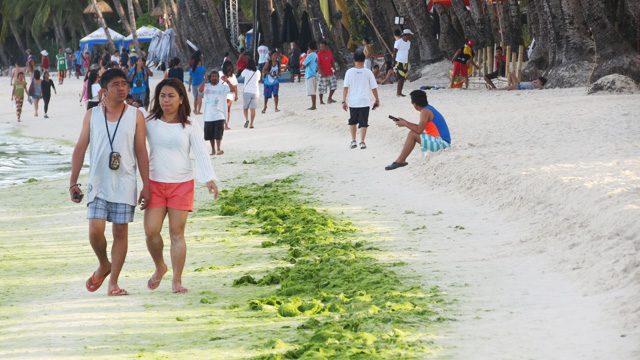
The local government implements several ordinances, such as a no-smoking and no-littering policy on the beach. Beachfront property owners also do their own cleanup drives on their areas every morning.
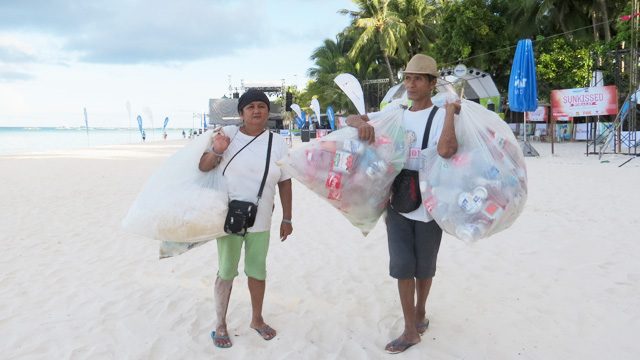
Still, these efforts are not enough. Every year, the number of tourists – and garbage – continues to grow. In 2014 alone, Boracay welcomed 1.4 million tourists into the island. Most arrive during April and May to attend events like Laboracay.
For every bottle, paper cup, or food scrap left on the beach, Boracay’s viability weakens. Soon, there might not even be a Laboracay to return to. Unless we start doing something about it.
Show the love
If you’re attending Laboracay next year, you should consider including a beach cleanup in your itinerary. One such effort took place last May 2, when Nestea and the Boracay Foundation, Incorporated (BFI) hosted the #MyNesteaBeach “Love the Beach” clean-up program. Volunteers from the police, the coast guard, various diving schools, and tourists gathered for a morning workout consisting of picking up litter left from the previous night’s parties.
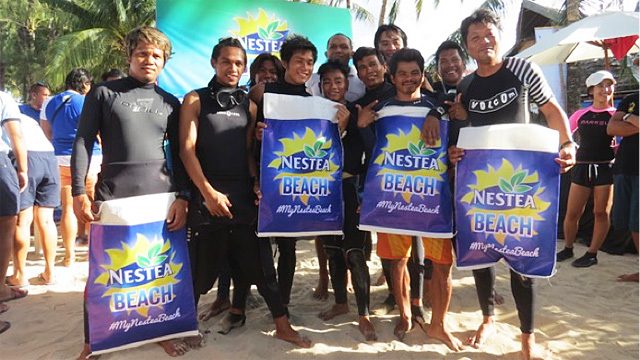
For 18 years now, this event has been part and parcel of Nestea’s main activities on the island. Every year, Nestea helps in refreshing the beach by partnering with the BFI for this advocacy. “This is one of the most beautiful beaches in the world, and this is how we can take part in showing our love,” said Leanne Jacinto, Nestea Assistant Vice President for Consumer Marketing.
After Laboracay 2015, volunteer tourists who signed up through Nestea’s booths collected 201kg worth of accumulated non-biodegradable litter such as cigarette butts, plastic cups, and drink bottles. The underwater team from the Boracay Association of Scuba Diving Schools (BASS) also collected 102.5kg in scrap metal and other assorted trash.
Spread the love
BFI and BASS are just some of many NGOs working hard to sustain Boracay’s natural beauty. Under the Beach Management Program, they have beach and coastal clean ups, as well as coral transplantation programs. Aside from its partnership with Nestea, the BFI also works closely with the local government and the Department of Environment and Natural Resources (DENR) to ensure that Boracay’s waters remain within safe and sustainable standards.
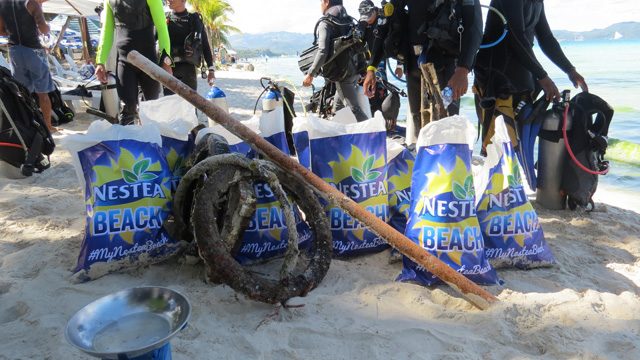
During the Laboracay crush, Nestea also extended its aid through limited edition pitchers that were available on their various Refresh stations throughout the coast. Every pitcher earned 5 pesos for BFI’s coral reef restoration program. 10,000 pitchers were sold and Nestea is further doubling the total amount collected.
BFI board member Acs Aldaba says that tourist efforts are greatly needed for programs such as Love The Beach. “We are very thankful how the volunteers respond every time we have activities like this in protecting and sustaining Boracay,” she said. “We all know that Boracay is everyone’s destination, but we also like to highlight that this is our home.”
Aldaba further stressed that tourists should always be mindful of their habits on the beach. For example, aside from littering, taking home bottles of the white sand is also damaging to the beach’s ecosystem. “Don’t just enjoy; find time to make Boracay sustainable for this generation and the future generation,” she said. Every little act counts in keeping the paradise alive for the tourists and the locals.
Share the love
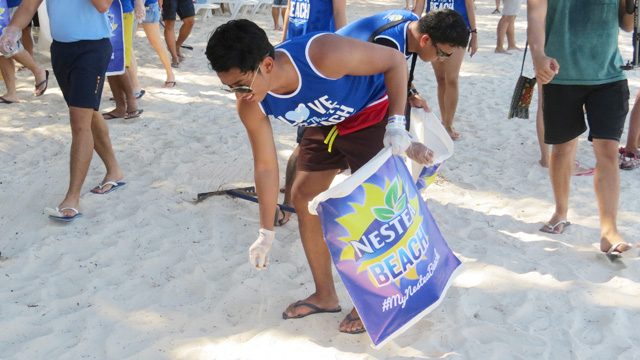
Blogger David Guison was one of the tourists who participated in this year’s Love The Beach program. As #MyNesteaBeach’s brand ambassador for the advocacy, David shared that joining the cleanup enables him to keep writing about beautiful local spots. “I’m a nature lover, and in a way, I’m also an ambassador for our country. I get a lot of international readers wanting to go the Philippines because of my posts. This is my way of showing my love for my country and the places that can be visited here.”
Last 2014, when he first posted about the cleanup on social media, many locals posted messages of gratitude on his site. David encouraged other tourists to also keep sharing their acts of love for the beach, and in turn inspire more people to keep Boracay clean for summers to come. (If you’re interested in giving back to Boracay for the rest of the year, inquire at NGOs like the Boracay Foundation about their regular clean up and coral restoration efforts)
Laboracay may be over this year, but that doesn’t mean we should stop talking about it – especially about continuing to preserve Boracay’s natural resources. Next year, party hard and then do your part. – Rappler.com
Add a comment
How does this make you feel?
There are no comments yet. Add your comment to start the conversation.